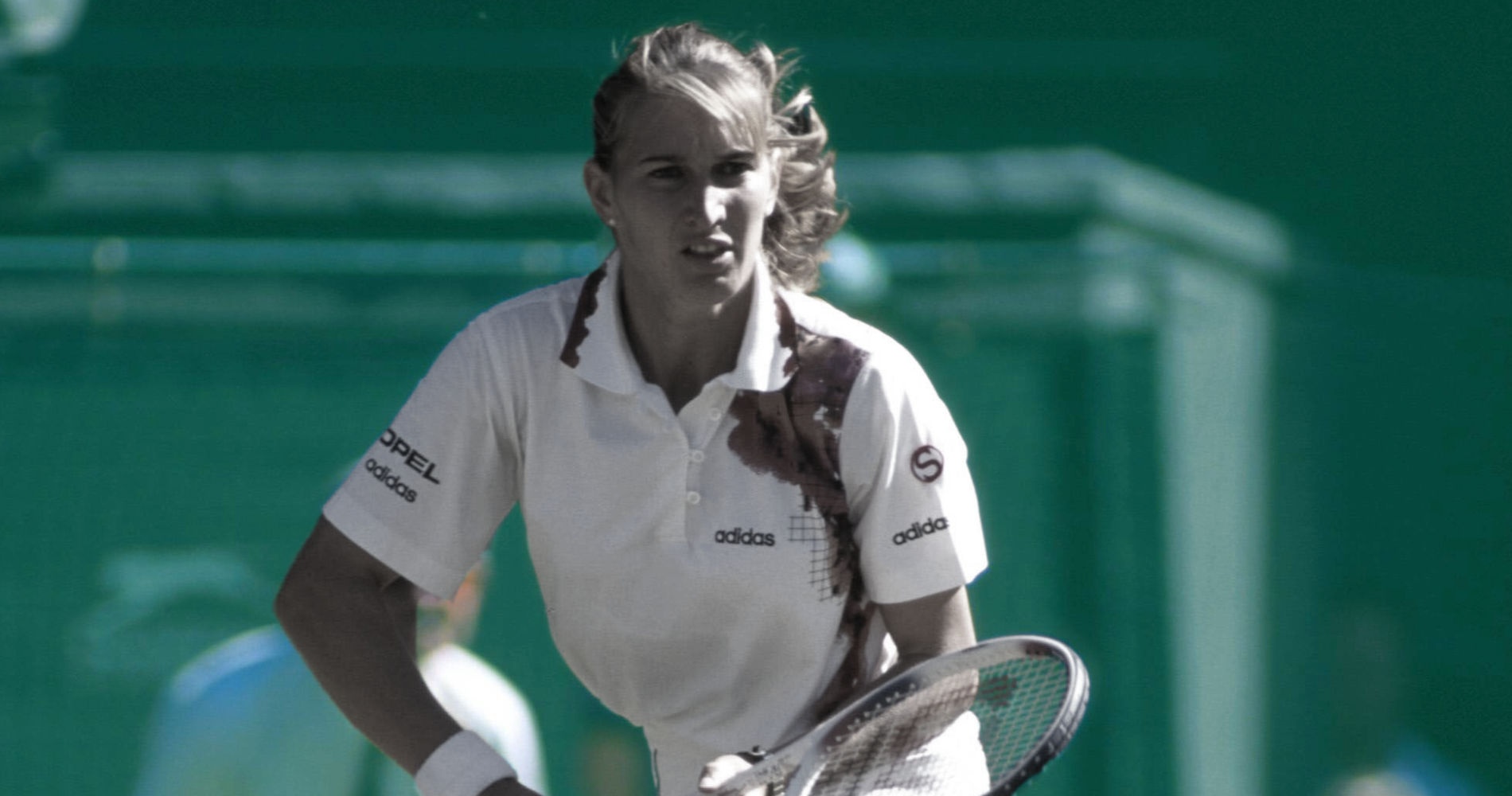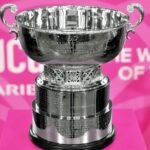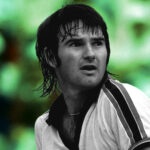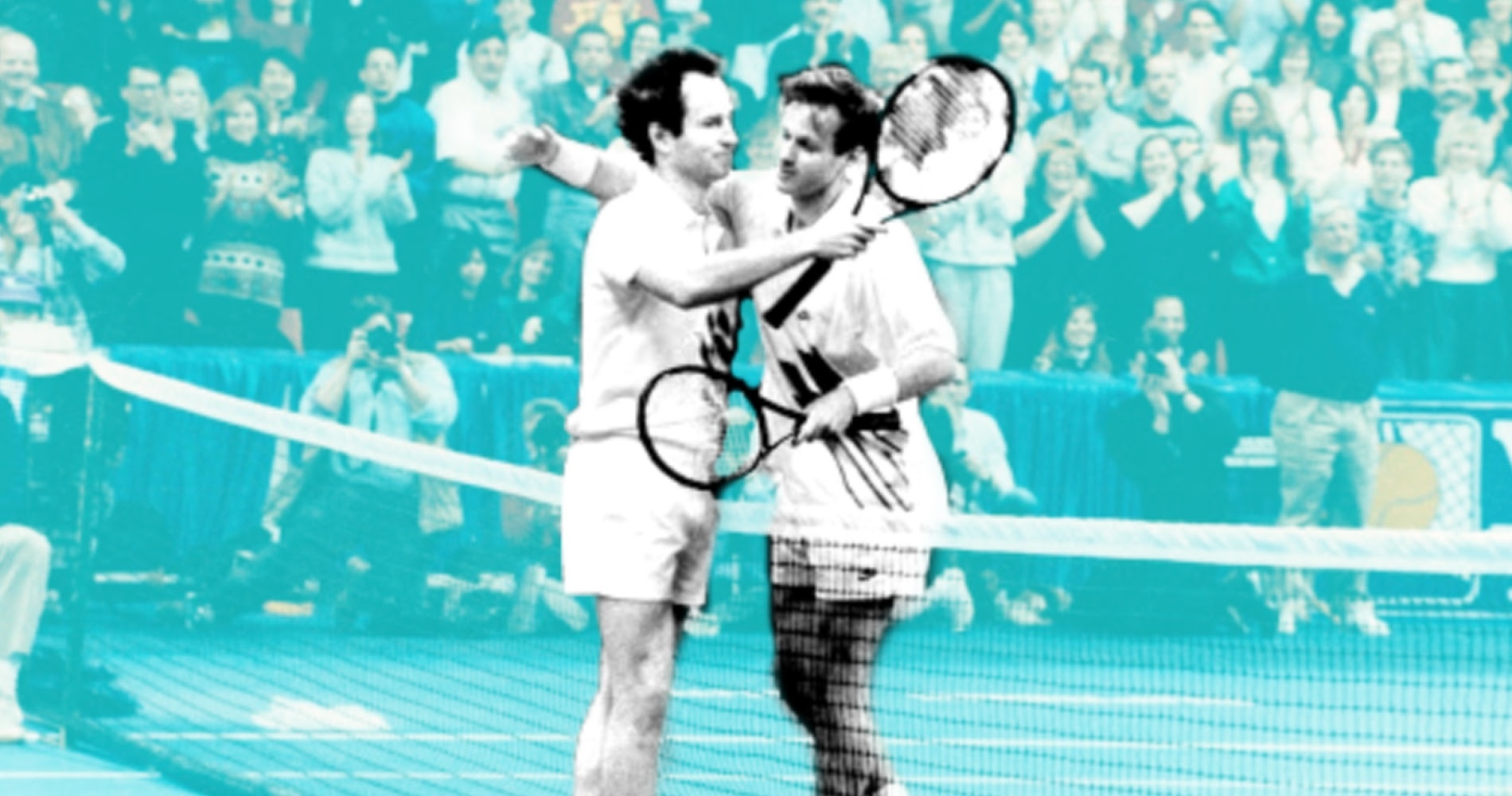June 23, 1987: The day Stefan Edberg dished out a rare triple bagel at Wimbledon
Every day, Tennis Majors takes you back in time to relive a tennis event which happened on this specific day. On June 23, 1987, Stefan Edberg became the first man to dish out a triple bagel at Wimbledon since 1947.
 Stefan Edberg inflige un triple 6-0 à son compatriote Eriksson, lors du premier tour de Wimbledon 1987.
Stefan Edberg inflige un triple 6-0 à son compatriote Eriksson, lors du premier tour de Wimbledon 1987.
What happened exactly on that day
On this day, June 23, 1987, Stefan Edberg, world No 4, scored a 6-0, 6-0, 6-0 win against fellow Swede Stefan Eriksson in the first round at Wimbledon. It was only the third time in the Open era that a triple bagel was dished out in a Grand Slam tournament, and the first time at Wimbledon, on grass – and it would only happen twice afterwards.
The players: Stefan Edberg and Stefan Eriksson
– Stefan Edberg, serve and volley king, grass star
Stefan Edberg was born in 1966. Very successful in junior tournaments (he achieved the junior Grand Slam in 1983), he almost quit tennis the same year, at the age of 17, after one of his serves accidentally resulted in the death of a line judge in New York. He continued playing, though, and in December 1985, a few months after young Boris Becker had broken through by winning Wimbledon, Edberg claimed his first Grand Slam title, also on grass, at the Australian Open, defeating fellow Swede Mats Wilander in the final (6-4, 6-3, 6-3). The tournament was not held in 1986, due to its indefinite change of date to January, and Edberg would successfully defend his title in January 1987, defeating Aussie favourite Pat Cash (6-3, 6-4, 3-6, 5-7, 6-3). He was world No 4 at the start of Wimbledon, 1987.
– Stefan Eriksson, an outsider from Sweden
Stefan Eriksson was born in 1963. He was ranked No 118 in June 1987, and his highest ranking had been No 72 in February of the same year. His best performance on the Tour so far was a final in Cologne in 1986, when he lost to Jonas Svensson (6-7, 6-2, 6-2).
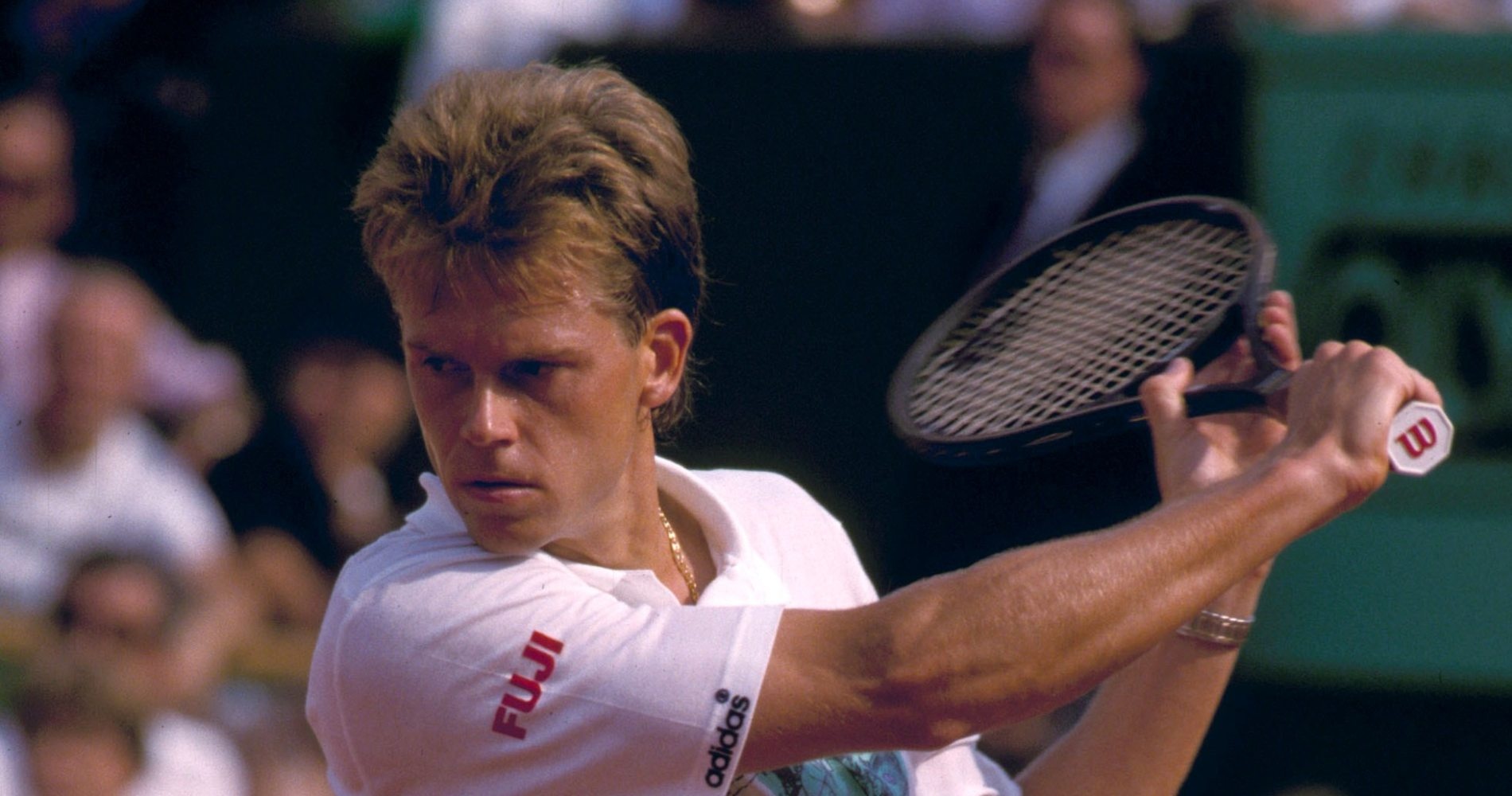
The place: The All England Club, Wimbledon
Wimbledon is the oldest and the most prestigious tennis tournament in the world. Held by the All England Lawn Tennis and Cricket Club since 1877, it moved into its current location in 1922, the same year when the Centre Court was built. Considered by many as the most intimidating court in the world, with its famous Rudyard Kipling quote above the entrance (“If you can meet with triumph and disaster and treat those two impostors just the same”), the Centre Court had seen the best players of all time competing for the title.
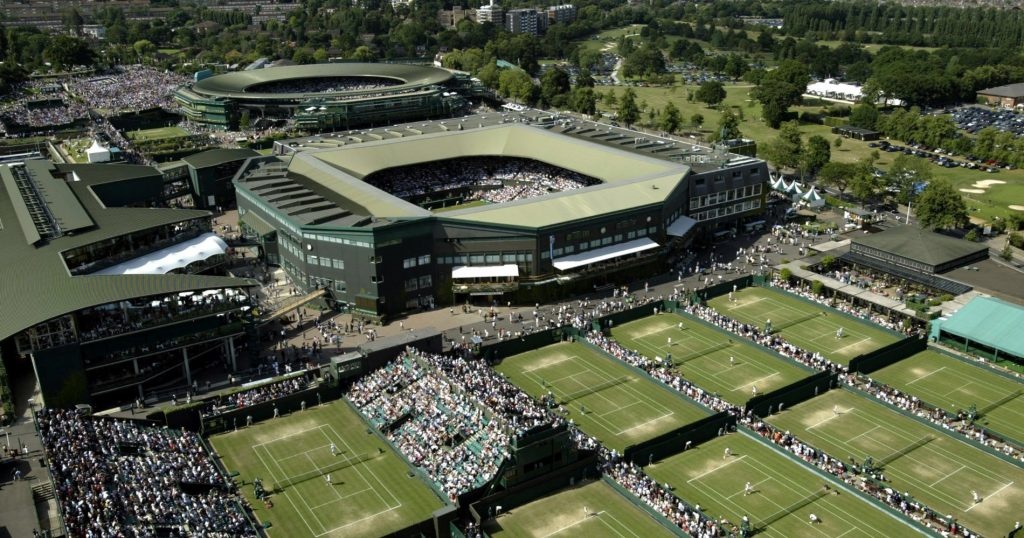
After the US Open switched to clay and then hard court in the 1970s, and after the Australian Open switched to hard court in 1988, Wimbledon remained the only Grand Slam tournament to be played on grass, a surface that is usually more suitable for serve and volley players. Not only did Wimbledon keep its surface, but it also maintained old-fashioned traditions such as the white dress code.
The facts: Edberg achieves near-perfection
By 1987 Edberg had already claimed two Grand Slam titles on grass, not at Wimbledon, but at the Australian Open. His serve and volley game perfectly matched that surface. As he had suffered an early loss in the second round at Roland-Garros, he’d had time to practice on grass to be ready for the Championships, where his best performance so far had been reaching the fourth round in 1985 (defeated by that year’s runner-up Kevin Curren).
On the other hand, his first-round opponent, Eriksson, had never played on grass before, and lacked for practice time on the surface as it had rained the entire week before.
The match was scheduled on court No 2. Edberg played flawless tennis, landing close to 70 percent of his first serves, hitting numerous backhand winners and proving unstoppable at the net. Eriksson only managed to win 35 points and obtained only three game points. An hour later, Edberg had sealed the match, 6-0, 6-0, 6-0. Although it had just happened in Roland-Garros, where Karel Novacek had destroyed Eduardo Bengoechea by the same score, a triple bagel had not happened at Wimbledon since 1947.
‘I tried to keep the ball in play,’ said Edberg. ‘I thought about giving him a game in the end, but I may never get a chance to win like this in a Grand Slam tournament again. I felt sorry for him, but he only laughed afterwards.’
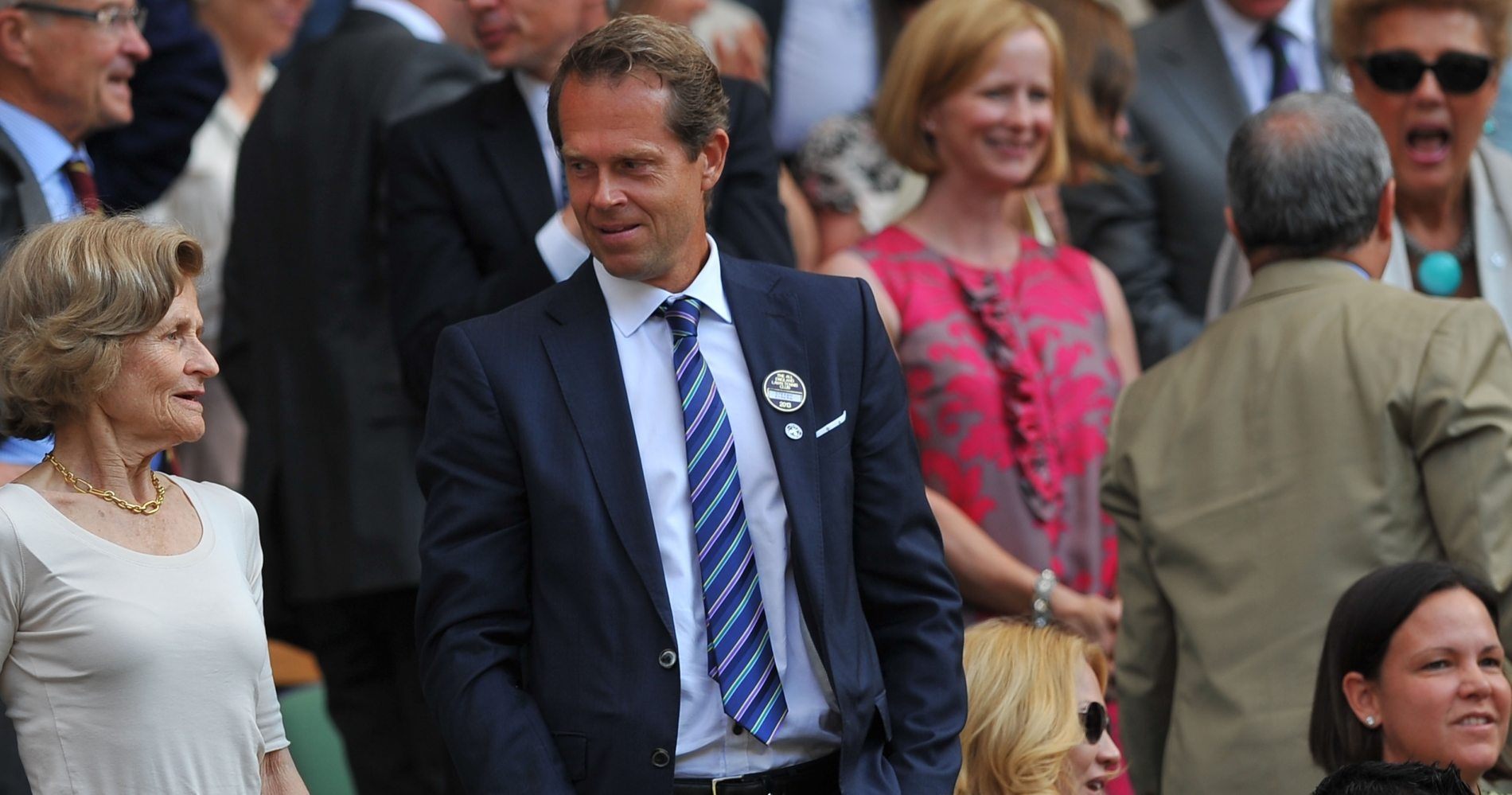
What next: Edberg wins two Wimbledon titles
Edberg would go on to reach the semi-finals that year at Wimbledon, where he would be defeated by world No 1 Ivan Lendl (3-6, 6-4, 7-6, 6-4). In 1988, he would add a first Wimbledon title to his resume, defeating Boris Becker (4-6, 7-6, 6-4, 6-2) in a final that began one of the most famous rivalries in tennis history. After losing three Grand Slam finals in a row, at the French Open and Wimbledon in 1989 and at the 1990 Australian Open, Edberg would come back to claim victory in 1990, at Wimbledon (edging his rival Becker in their third consecutive encounter in the final) and become world No 1 on August 13, 1990, a spot he would hold for 72 weeks in total.
Edberg would add two more Grand Slam titles to his list of achievements, claiming two US Open crowns in 1991 and 1992, and would hold a total of six Major crowns.
Eriksson would never play in the main draw again. He would never come back into the top 100 and would spend the most of his later career around No 400.
In 1987, a triple bagel would be handed out for a third time, at the US Open, where Ivan Lendl humiliated Barry Moir, from South Africa. In 1993, Sergi Bruguera would punish Frenchman Thierry Champion in the second round at Roland-Garros; it is the last time that a player would lose 6-0, 6-0, 6-0 in a Grand Slam tournament.

